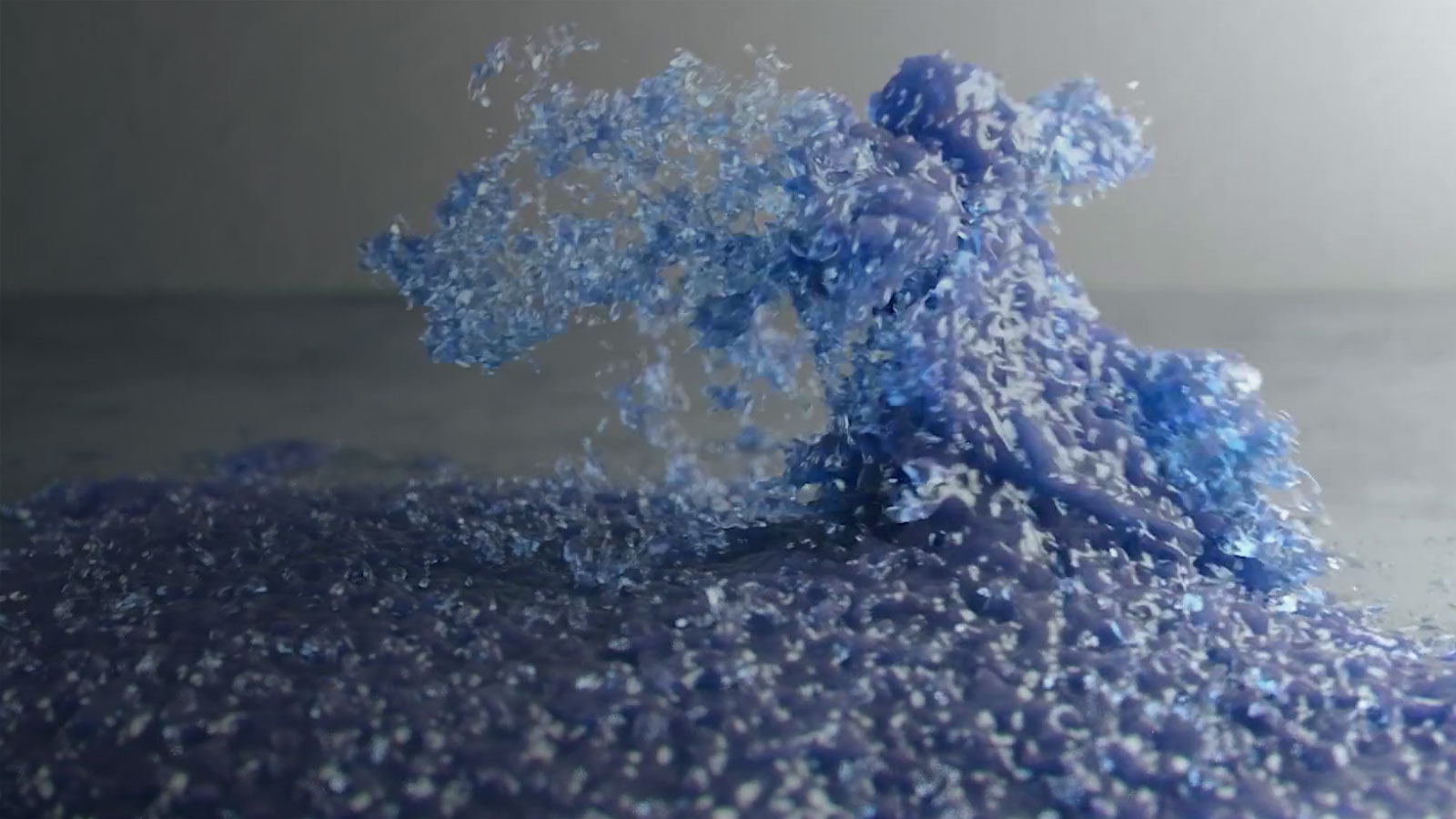

The third constraint on the Fed is political gridlock. That’s not enough to sustain deficits of over 3%. With 1.5% inflation and 1.23% real growth, nominal growth is still only 2.73%. The problem is that inflation is not 2% (what the Fed wants). Since debt is repaid with nominal, not real, dollars, then 4% nominal growth is enough to make debt sustainable even if deficits are 3% per year. For example, if real growth is 2% and inflation is 2%, then nominal growth is 4%. Nominal growth is what you get when you add inflation to real growth. Making the debt burden sustainable is not about real growth it’s about nominal growth. debt problem because it would lower the real cost of the debt.

(Inflation is not a good deal for you, but the Fed doesn’t care about you. That’s important because the Fed’s government debt problems could be solved with some inflation. But there are powerful deflationary forces arising from demographics, debt, deleveraging and technology. economy is not yet in outright deflation.

The second constraint on the Fed is a persistent deflationary tendency. economy has flat-lined at a level that cannot sustain our deficit spending. Deficits are still running over 3% per year and set to skyrocket as baby boomers retire and claim Social Security and Medicare benefits. Finally, there is a trend, and it’s not a good one.Īnnualized real growth for the past four quarters has been 2.0%, 0.9%, 0.8% and 1.2%, for average growth of 1.23%. We have not seen persistent growth or a definite trend - until now. Quarterly GDP figures have been volatile over the past three years, with annualized real growth as high as 5% in the third quarter of 2014 and as low as minus 1.2% in the first quarter of 2014. The first and most important constraint on Fed policy is that the U.S. Let’s look at some of the constraints on Yellen - and the possible “tricks” she might use to escape. dollar and a possible sovereign debt crisis for the United States. Yellen and the Fed face as many constraints as Harry Houdini in trying to escape a potential collapse of confidence in the U.S. Investors who see this coming stand to make spectacular gains. Yellen’s only escape is to trash the dollar. Yet there is one way for Yellen and the Fed to break free of their economic handcuffs, at least in the short run.

Yellen is handcuffed by weak growth, persistent deflationary trends, political gridlock and eight years of market manipulation from which there appears to be no escape. Now Janet Yellen will try to become the greatest escape artist of the 21st century. He escaped from specially made handcuffs, underwater trunks and once escaped from being buried alive. The example files may be downloaded and examined at the student's own leisure.Harry Houdini was the greatest escape artist of the 20th century. All examples in this lecture are given using Houdini 15.5.523 and Unreal Engine 4.12.5. Topics are introduced in a way that should build upon concepts that are already familiar to those with training in the motion picture discipline. If you are interested in transitioning from film to games, this talk may be useful as a primer as we'll introduce concepts such as: sprite sheets, power of two dimensions, texture packing, particle trimming, letting the GPU handle transformations, and vertex animation. This is not designed to be a step-by-step tutorial for making a "pretty" effect, but rather a general purpose guide geared at introducing a broad topic. It's up to the effects artist to understand this and produce visuals that are as light-weight as they are beautiful so that game engines can spend their efforts on more than just the visuals. While it's acceptable for a render farm to chew through heavy data over the course of several hours for film current game platforms are not designed with this kind of geometry in mind. The goal is to increase awareness of limitations in real-time game environments, and to help film makers take steps towards transitioning into interactive media.įeature film effects artists are typically used to working with millions or particles, polygons, and voxels. It is a talk that was designed for an audience familiar with feature film visual effects workflows, specifically those which use Houdini. This 45 Minute Lecture was originally given to the Vancouver Houdini User Group in August 2016.


 0 kommentar(er)
0 kommentar(er)
